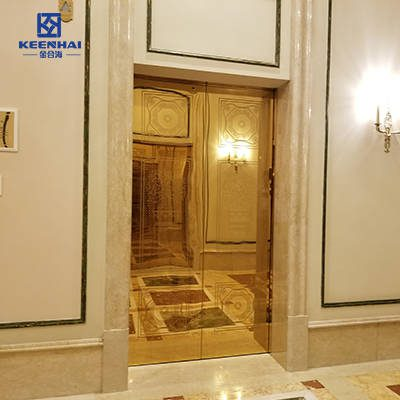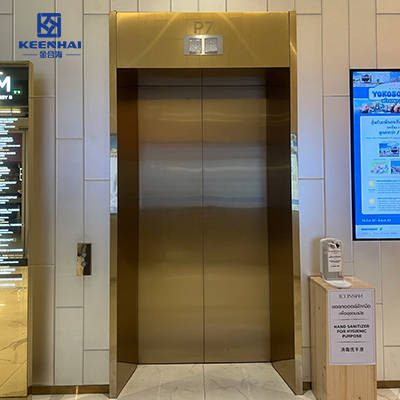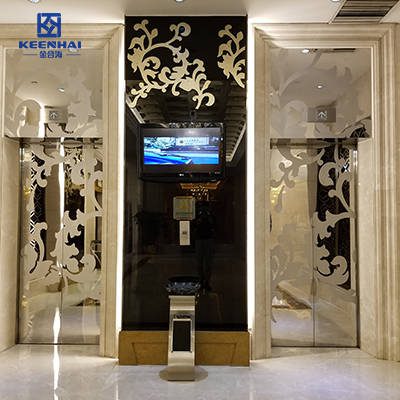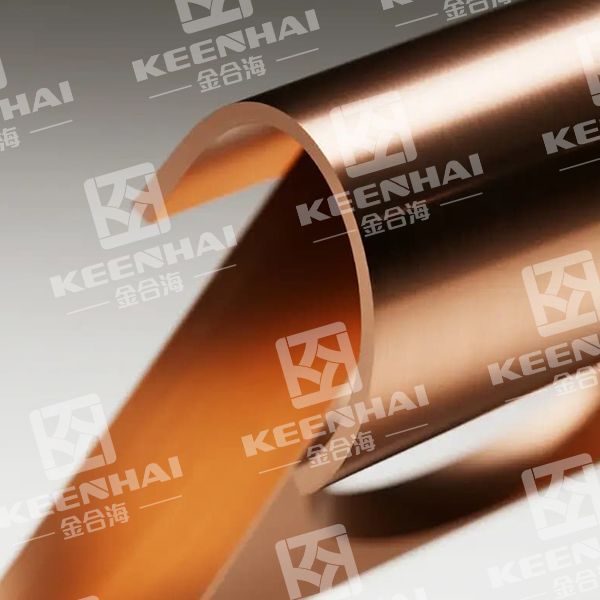If you’re wondering about the difference between Paslanmaz çelik Ve paslanmaz çelik, the short answer is simple: they are essentially the same material, but the grade and application make all the difference. Inox usually refers to stainless steel in general, while the choice between types like 304 and 316 affects cost, rust resistance, and long-term durability. For kitchens, indoor projects, and areas without harsh exposure, 304 paslanmaz çelik is often enough. In marine or outdoor environments, 316 is the smarter option because of its superior corrosion resistance. This guide will break down cost, durability, and real-life uses so you can pick the right grade for your project in 2025.
İnox Malzeme Nedir?
Inox Malzemenin Tanımı
Dönem Paslanmaz çelik Fransızca kelimeden türemiştir paslanmaz, which translates to “stainless.” Inox material is another name for stainless steel, commonly used in Europe and certain industries like kitchenware and architecture. Thanks to its unique chemical composition, the term emphasizes the material’s ability to resist rust and staining.
Inox Malzemenin Temel Özellikleri
Inox malzeme, krom içeriğine (genellikle 10.5%'nin üzerinde) atfedilen mükemmel korozyon direnciyle ünlüdür. Bu, yüzeyde pasif bir tabaka oluşturarak onu oksidasyondan korur. Ayrıca mekanik mukavemeti, dayanıklılığı ve görsel olarak çekici cilalı yüzeyiyle de değerlidir ve bu da onu hem işlevsel hem de dekoratif uygulamalar için tercih edilen bir seçenek haline getirir.
What Is Inox and Stainless Steel?
Paslanmaz çelik, short for acier inoxydable, is a high-chromium paslanmaz çelik alloy that offers superior resistance to rust and staining. It is widely used in high-end applications like kitchen equipment, jewelry, and marine products.
Stainless steel, in general, is a broad category of alloys that includes Inox and other grades. It contains a minimum of 10.5% chromium to prevent corrosion but may vary in nickel, molybdenum, and other alloy content depending on the grade.
| Özellik | Paslanmaz çelik | Paslanmaz çelik |
|---|---|---|
| Chromium Content | Typically 18%+ | 10.5%-18% (varies by grade) |
| Korozyon Direnci | Very high | High |
| Common Uses | Kitchen equipment, jewelry | Construction, automotive, appliances |
All Inox is stainless steel, but not all stainless steel qualifies as Inox. This distinction is important when choosing materials for harsh environments.
Durability and Corrosion Resistance
-
Paslanmaz çelik: Extremely resistant to oxidation, ideal for outdoor or high-humidity environments. It rarely rusts and maintains a polished finish over time. In marine environments, Inox 316 is often preferred for its molybdenum content, which improves corrosion resistance against saltwater.
-
Standard Stainless Steel: Durable and corrosion-resistant, but some grades like 304 may show minor surface rust if not maintained. For indoor projects, 304 stainless steel is usually sufficient.
Example: A stainless steel kitchen sink made of 304 grade may last 10–15 years with proper care, while a 316 Inox sink in a coastal home can easily last 20+ years without visible corrosion.
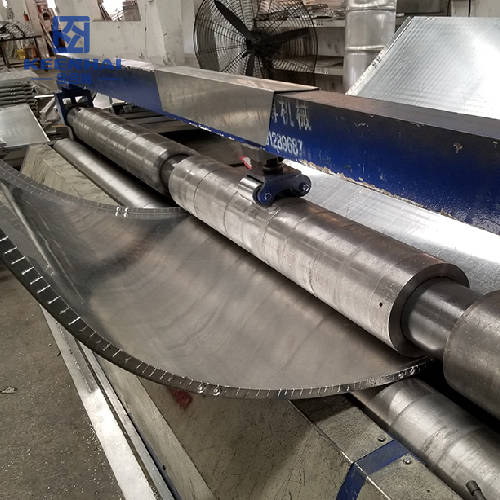
Inox Malzeme ve Paslanmaz Çelik Karşılaştırması
Terminoloji Farklılıkları
Inox malzeme ile paslanmaz çelik arasındaki temel farklardan biri terminolojide yatmaktadır. Inox malzeme, Avrupa'da ve belirli endüstrilerde daha yaygın olarak kullanılan terimdir, paslanmaz çelik ise küresel terimdir. İsimlendirmedeki farklılığa rağmen, aynı malzemeyi ifade ederler.
Performans Benzerlikleri
İster Inox malzeme, ister paslanmaz çelik deyin, malzemenin performansı tutarlı kalır. Her iki terim de inşaat, ev eşyaları ve endüstride benzer uygulamalara sahip korozyona dayanıklı, dayanıklı bir alaşımı tanımlar.
Algıdaki Çeşitlilikler
The difference in naming can create a perception that they are distinct materials. For example, “Inox” may be seen as a more premium brand in certain regions due to its association with European quality. In reality, the distinction is purely semantic.
Cost Comparison
Material cost is often the first consideration for many projects.
| Malzeme | Average Price per Kg (USD) | Notes |
|---|---|---|
| Paslanmaz çelik | 5–8 | Premium, corrosion-resistant |
| Paslanmaz çelik | 3–6 | Cost-effective, versatile |
-
Paslanmaz çelik: Higher upfront cost due to chromium and alloy content, but lower maintenance and longer lifespan often justify the price.
-
Paslanmaz çelik: More budget-friendly and versatile for most indoor and non-extreme applications.
Real-world ROI: For outdoor stair rails or coastal railings, choosing Inox 316 over standard stainless steel may increase initial cost by 30–50%, but it avoids rust damage and replacement costs over a 15-year span.
Temel Uygulamalar
Mutfak ve Ev Eşyaları
Inox malzeme, mutfak eşyalarında kalitenin eş anlamlısıdır. Korozyona dayanıklılığı, kolay temizlenmesi ve cilalı estetiği nedeniyle tencere, tava, çatal bıçak takımı ve lavabolar için tercih edilen seçimdir. Tepkisiz yüzeyi, onu yiyecek hazırlama için de güvenli hale getirir.
İnşaat ve Tasarım
Paslanmaz çeliğin gücü ve hava koşullarına dayanıklılığı onu inşaatta olmazsa olmaz bir malzeme haline getirir. Hem konut hem de ticari binalarda yapısal çerçeveler, korkuluklar, cepheler ve dekoratif elemanlar için kullanılır. Paslanmaz çelik veya Inox malzemenin şık, modern görünümü mimari tasarımları geliştirir.
Endüstriyel ve Otomotiv Kullanımları
Endüstriyel tesisler veya otomotiv üretimi gibi zorlu ortamlarda paslanmaz çelik, dayanıklılığı ve aşırı koşullara dayanma kabiliyeti nedeniyle öne çıkar. Genellikle egzoz sistemlerinde, kimyasal tanklarda ve deniz ekipmanlarında kullanılır.
Different Grades of Inox and Stainless Steel
Understanding grades can help fine-tune your choice:
| Grade | Typical Use | Key Advantage |
|---|---|---|
| 304 | Kitchen equipment, appliances | Cost-effective, good corrosion resistance |
| 316 | Marine, outdoor furniture | High corrosion resistance, ideal for harsh environments |
| 430 | Automotive trim, indoor appliances | Magnetic, budget-friendly |
For outdoor, coastal, or high-moisture areas, Inox 316 or equivalent is the safest choice.
Maintenance and Lifespan
-
Paslanmaz çelik: Low maintenance. Occasional cleaning with mild detergent keeps it shiny. Extremely resistant to corrosion, scratches, and stains.
-
Paslanmaz çelik: Requires regular cleaning to prevent surface rust, especially in high-humidity or coastal areas. Abrasive cleaners may damage the protective chromium layer.
Example: A 316 Inox outdoor railing may only need yearly cleaning, while a 304 stainless steel railing might require quarterly maintenance in the same environment.
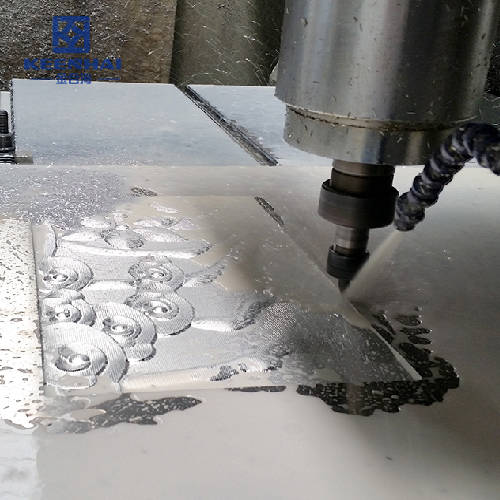
Common Misconceptions
-
All stainless steel is Inox – Incorrect. Only certain high-chromium stainless steels qualify as Inox.
-
Higher price always means better quality – Not necessarily. Choosing the right grade for your environment is more important.
-
Maintenance is the same for all grades – Inox generally requires less care, while standard stainless steel may need frequent cleaning to prevent rust.
Çözüm
When deciding between Paslanmaz çelik Ve paslanmaz çelik, consider:
-
Environment: Coastal, marine, or humid areas favor Inox 316.
-
Budget: Stainless steel is sufficient for indoor, less demanding applications.
-
Longevity: Inox offers longer lifespan and lower long-term maintenance.
By understanding your project requirements, you can choose the material that provides the best combination of durability, performance, and value.
If you’re ready to pick the finish that locks in color and cuts long-term upkeep, see our PVD stainless steel sheet guide.

